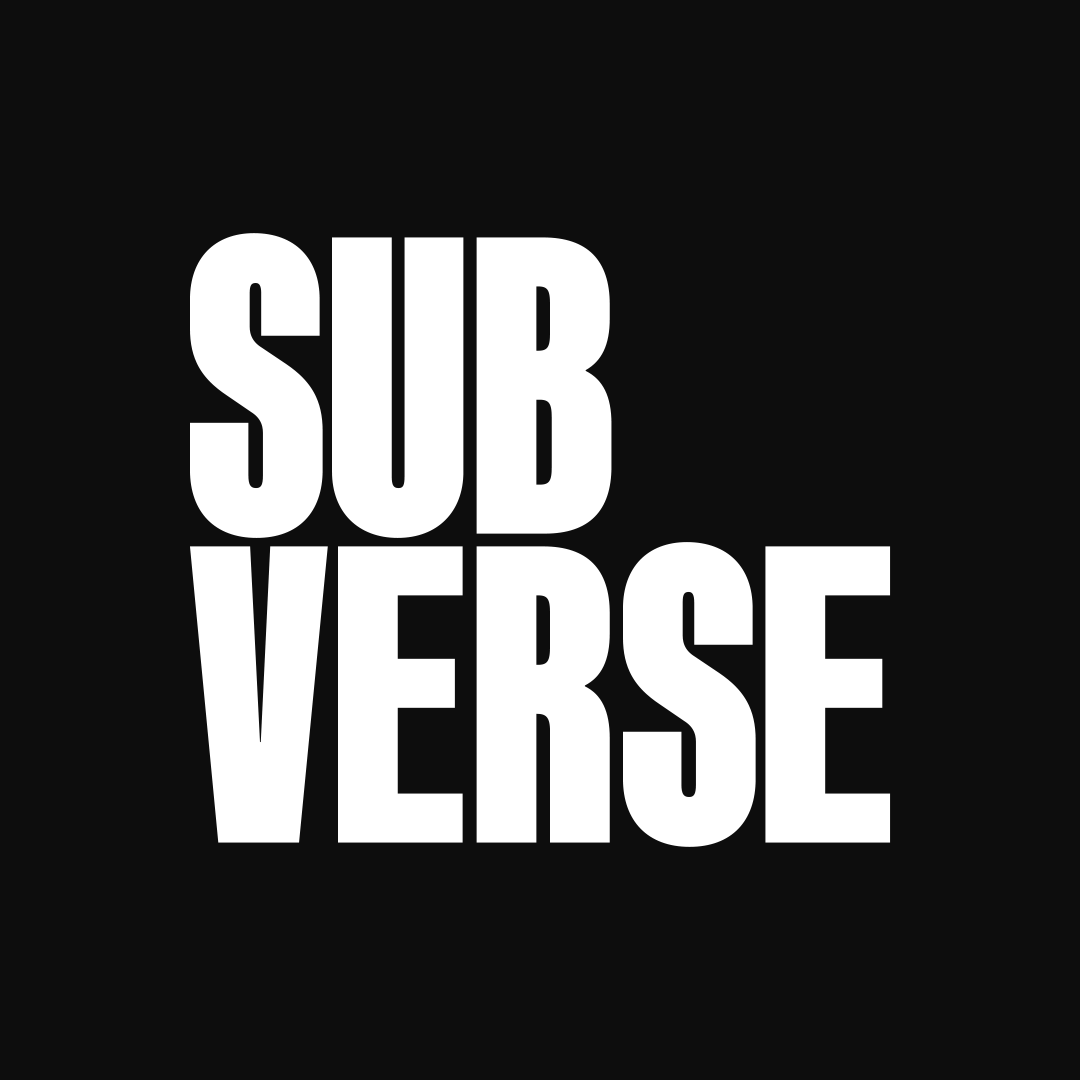Module 1: Components of Systems – Lesson 3
This lesson is just one part in our series on Systems Thinking. Each lesson reads on its own, but builds on earlier lessons. An index of all previous lessons can be found at the bottom of this page.
When we study a system, it is tempting to imagine we are uncovering something objective. But in truth, the system we “see” is shaped by two choices: the boundaries we draw and the perspectives we adopt. These choices decide what counts as inside or outside, whose voice matters, and what the “problem” really is. Systems thinking does not promise fixed rules; it cultivates discernment—an ability to recognize when and where to apply each concept to sharpen understanding.
Boundaries: Drawing the Line
Boundaries are the lines we draw—literally or conceptually—that separate what’s inside the system from what’s outside of it. Boundaries define scope. They determine which elements, relationships, and purposes we include in our analysis, and which we exclude. These aren’t fixed or “natural” lines; they are decisions made by the observer. Consider a coffee shop: if our boundary only includes staff, menu, and customers, the system looks simple. Widen the boundary to include suppliers, landlords, competitors, or environmental impacts, and suddenly the picture shifts. What “counts” as relevant changes dramatically.
Discernment helps us decide where and how to draw that line:
- Clarify purpose. Boundaries drawn for efficiency look different than those drawn for sustainability or reputation. The line should serve your inquiry without collapsing into oversimplification or endless sprawl.
- Attend to stakeholders. Who has influence? Who feels the impact? Include the voices that matter for the question at hand, and acknowledge those that remain outside.
- Set the time horizon. Short horizons reveal immediate dynamics; long horizons uncover reputational effects or slow environmental changes. Boundaries in time matter as much as in space.
- Shift levels of analysis. Zooming in reveals the details of a single campaign; zooming out places it in the cultural, competitive, and regulatory landscape.
- Critique the line. Every boundary privileges some interests and hides others. Ask: who benefits, who is excluded, and what assumptions anchor this line?
- Respect constraints, but name them. Sometimes time, data, or resources limit scope. That’s fine—so long as you recognize those limits as practical, not natural.
Takeaway: Boundaries are choices. The practice is to balance purpose, stakeholder needs, time horizon, and practical constraints—and then test what those choices reveal and conceal.
Perspectives: Choosing the Lens
If boundaries determine scope, perspectives determine what within that scope comes into focus. They reflect the position, priorities, and assumptions of an observer. A customer views the coffee shop through taste, price, and atmosphere. A regulator sees zoning, safety, and labor codes. A neighbor worries about parking or noise. The same system becomes a different reality depending on the lens.
Discernment here means knowing which perspectives to elevate:
- Recognize the range. Customers, operators, regulators, suppliers, investors, communities—each holds a valid but partial view.
- Choose with intention. Not every voice belongs in every analysis. Select perspectives that illuminate the purpose of your inquiry.
- Balance influence and impact. Powerful stakeholders (investors, regulators) matter, but so do those directly affected but less powerful (customers, neighbors).
- Avoid overload. More perspectives don’t always yield more insight. Stop where contrast sharpens understanding rather than blurring it.
- Keep them dynamic. Perspectives shift as markets evolve or regulations change. A system map that ignores this fluidity quickly grows stale.
Takeaway: Perspectives are chosen deliberately, not collected indiscriminately. A good analysis balances power with impact, diversity with focus.
Case Study: Launching an Eco-Friendly Beverage
Imagine a team preparing to launch a new eco-friendly drink. At first, their boundary is narrow: product, campaign, customer. The problem looks simple—how do we get people to buy the beverage?
Discernment pushes the frame wider. Suppliers appear: are ingredients sustainably sourced? Packaging raises questions of recyclability. Distribution partners affect credibility and reach. Even environmental footprint enters the picture. The problem reframes: how do we launch in a way that builds trust and sustainability, not just sales?
Then perspectives layer on top. Customers care about taste, price, and authenticity. Retailers fixate on shelf turnover. Regulators scrutinize labels and claims. Communities weigh jobs, traffic, and waste. Investors demand scale and returns. Each defines success differently. Without discernment, one voice dominates and others vanish. With it, the team balances competing truths, tests assumptions, and builds a more resilient strategy.
Conclusion
Boundaries and perspectives are not background details—they are the architecture of systems thinking. They shape what we see and what we fail to see. To think in systems is to practice discernment: knowing when to widen or narrow the line, when to elevate one lens and when to add another. In branding, as in every system, the difference between a fragile campaign and a sustainable strategy often lies in how thoughtfully we draw the line and whose eyes we choose to see through.
Course Index
- Module 0: Introduction to Systems Thinking
- Module 1: Components of Systems
- Lesson 1.1 – Elements, interconnections, and purpose
- Lesson 1.2 – Open vs. closed systems
- Lesson 1.3 — Boundaries and Perspectives

